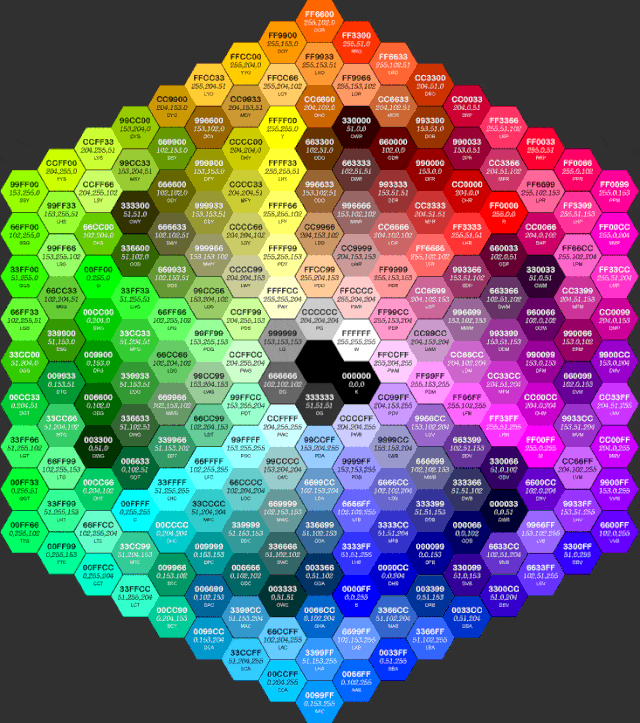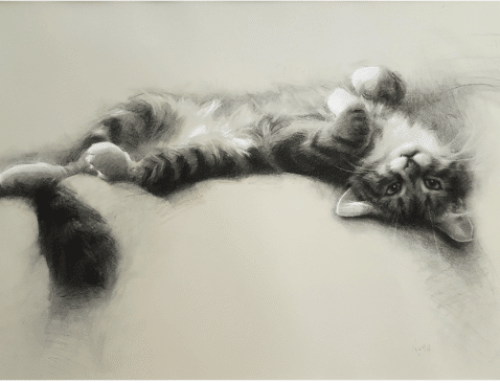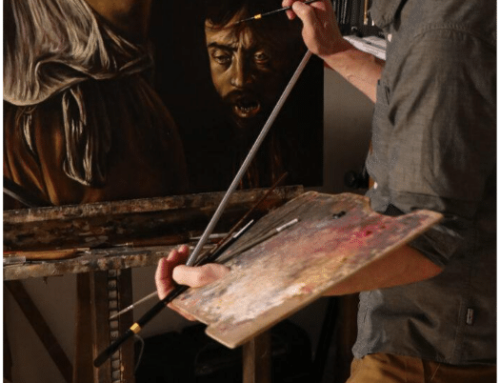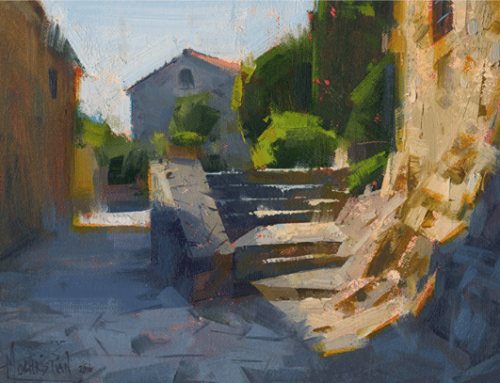There is an “official” shade of neon pink, an official lime green, and an official dusky mauve – at least as far as graphic designers and commercial art departments are concerned.
As I understand it, graphic designers, computer programmers, and companies all over the world use a series of internationally agreed-upon codes to reproduce the exact shades and hues of the colors we see on our screens and on our stuff – on our clothes, in on our walls, in our kitchens, inside and outside of our cars, etc. There’s a reason a can of Coke is the same color red in Singapore as the one you buy in Boise and the one on TVa nd online.
It’s because commercial colors are designated by an alphanumeric shorthand for their precise mix of hues. Four major color systems refer to the same shade of pink, for example, by deisgnating it with an RGB, CMYK, Pantone, and Hexadecimal code. The Pantone Matching System is a commercially owned color coding system. The CMYK and RGB systems are used in manufacturing products and in print. And finally, computers display these colors using what’s called its “hex code,” short for hexadecimal, a string of six letters and numbers sort of like a very secure password.
All this is what allows designers to be on the same page about what pale blue (or any other color) is being referring to.
So who invented this thing?
Send in the Wizard!
If you ask Google who invented the hexadecimal system, you get a pretty unlikely answer – but it’s the one that gets repeated by every single other website pretending to know – and it is as follows:
“Hex, short for “hexadecimal base counting”, was invented in France in the year 770 AD. In that time Mervin, a famous wizard, became a counselor to King Charlemagne because he had 8 fingers on each hand.”
“Mervin could count faster than the other counselors and treasurers (who had only a total of 10 fingers to Mervin’s 16), because within a base he could go farther, using more symbols in less positions.”
I tracked this eight-fingered wizard “explanation” down to a veteran programmer who goes by the handle PhlIp, according to whom, “Mervin takes his place with Charles Babbage … as one of the founders of the theories that led to modern programming.”
And…. well, I have my doubts.
I once knew a painting teacher who said “make nameless colors” to encourage students to create intuitive mixtures. However baffling color mixing can be at times, there are lots of teachers out there who can help you master it to improve your work.




